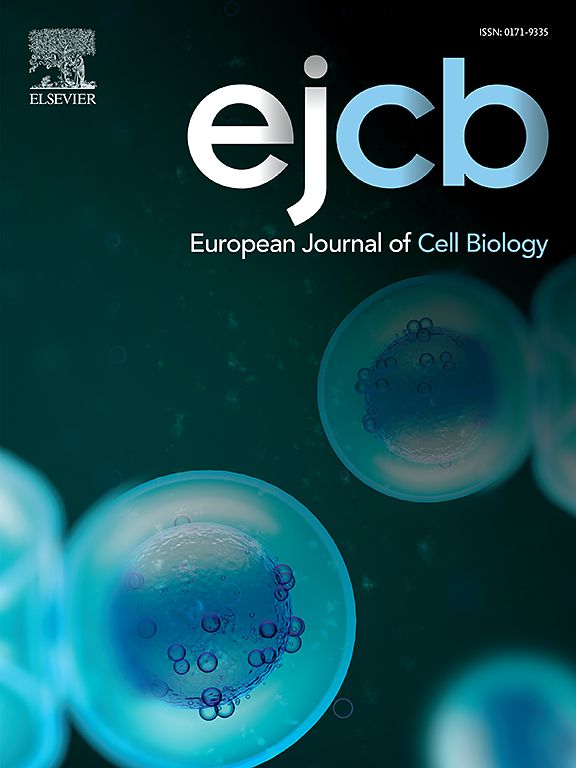Interference of estrogen signaling by endocrine disruptors in male and female cells: Potential implications of BPS and PFOS in human development
IF 4.3
3区 生物学
Q2 CELL BIOLOGY
引用次数: 0
Abstract
Endocrine-disruptors (EDs), such as bisphenol-S (BPS) and perfluorooctane-sulfonate (PFOS), can cross the placental barrier and interfere with fetal development, inducing consequences that seem to be more pronounced in males. We investigated whether BPS and PFOS could have different effects on male and female human induced-pluripotent-stem cells (hiPSCs) by analyzing their impact on estrogen signaling pathways. Our results demonstrate that in male hiPSCs, BPS and PFOS induce alterations in the estrogen pathways, confirming their role as xenoestrogens. BPS and PFOS also upregulated oxidative phosphorylation proteins in males, while disruptions in Golgi apparatus integrity were observed in female cells. These findings highlight the differential susceptibility of male and female cells to ED exposure and suggest that such chemicals, perturbing the hormonal network, may affect developmental programming and long-term health. Moreover, this study emphasizes the importance of considering sex-specific responses to environmental pollutants and their impact during the highly sensitive periods of fetal growth.
男性和女性细胞中内分泌干扰物对雌激素信号的干扰:BPS和PFOS在人类发育中的潜在影响
内分泌干扰物(EDs),如双酚s (BPS)和全氟辛烷磺酸(PFOS),可以穿过胎盘屏障,干扰胎儿发育,导致的后果似乎在男性中更为明显。我们通过分析BPS和PFOS对雌激素信号通路的影响,研究了它们对男性和女性人诱导多能干细胞(hiPSCs)是否有不同的影响。我们的研究结果表明,在雄性hiPSCs中,BPS和PFOS诱导雌激素通路的改变,证实了它们作为异种雌激素的作用。BPS和PFOS也上调了雄性细胞中的氧化磷酸化蛋白,而在雌性细胞中观察到高尔基体完整性的破坏。这些发现强调了男性和女性细胞对ED暴露的不同易感性,并表明这些化学物质扰乱了激素网络,可能会影响发育程序和长期健康。此外,本研究强调了考虑胎儿生长高度敏感时期对环境污染物的性别特异性反应及其影响的重要性。
本文章由计算机程序翻译,如有差异,请以英文原文为准。
求助全文
约1分钟内获得全文
求助全文
来源期刊

European journal of cell biology
生物-细胞生物学
CiteScore
7.30
自引率
1.50%
发文量
80
审稿时长
38 days
期刊介绍:
The European Journal of Cell Biology, a journal of experimental cell investigation, publishes reviews, original articles and short communications on the structure, function and macromolecular organization of cells and cell components. Contributions focusing on cellular dynamics, motility and differentiation, particularly if related to cellular biochemistry, molecular biology, immunology, neurobiology, and developmental biology are encouraged. Manuscripts describing significant technical advances are also welcome. In addition, papers dealing with biomedical issues of general interest to cell biologists will be published. Contributions addressing cell biological problems in prokaryotes and plants are also welcome.
 求助内容:
求助内容: 应助结果提醒方式:
应助结果提醒方式:


